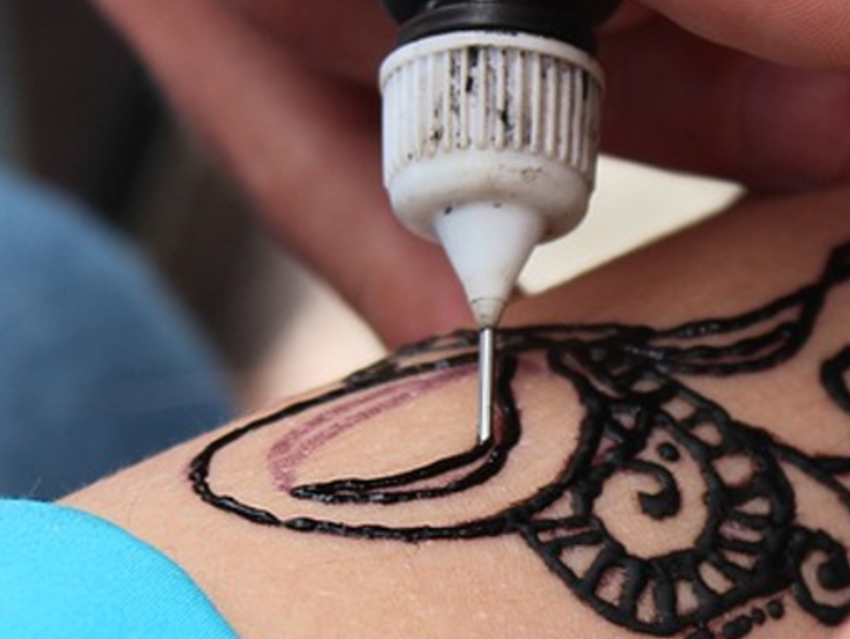With millions of tattooed individuals worldwide but no binding legislation for inks and no recognized professional training in the field of tattooing, Denmark, Italy, Norway, and the European Chemicals Agency (ECHA) have proposed to restrict the placing on the market of tattoo inks and permanent make-up. The aim of the restriction is to make inks for tattooing safer and protect people from serious health problems or effects. Substances within the scope of the restriction include carcinogenic, mutagenic and reprotoxic (CMR) substances, skin sensitizers or irritants, substances corrosive or damaging to the eye, metals, as well as other substances regulated in cosmetic products. The proposal includes concentration limits for the substances within its scope.
ECHA’s Committee for Socio-economic Analysis (SEAC) supports the proposal. SEAC concluded that the proposed restriction is the most appropriate measure to control the risks posed by these substances. They think it is proportionate to the risk because it will bring significant benefits to society, i.e., avoid adverse skin effects and other health impacts, while not imposing significant economic impacts on the supply chains. Suppliers of tattoo inks may have to reformulate their inks within 12 months of the restriction entering into effect.
Now the opinion of SEAC and the Committee for Risk Assessment (RAC) will be forwarded to the European Commission (EC) for a draft regulation and possible amendment of Annex XVII to REACH. If the restriction is adopted in its currently proposed format, the requirements for tattoo inks and permanent make-up will enter into effect one year after their publication of the measure in the Official Journal of the European Union (EU). Further changes during the subsequent steps are still possible.
- European Chemicals Agency (ECHA), Helsinki, Finland
Also of Interest
-
Video: Tattoos – The Skin as a Canvas
What are tattoo inks and where do the colors come from? Where in the skin is the tattoo?
-
Focus: To Tattoo or Not to Tattoo?
by Henrik Petersen, Klaus Roth
Tattooing from a chemical point of view






